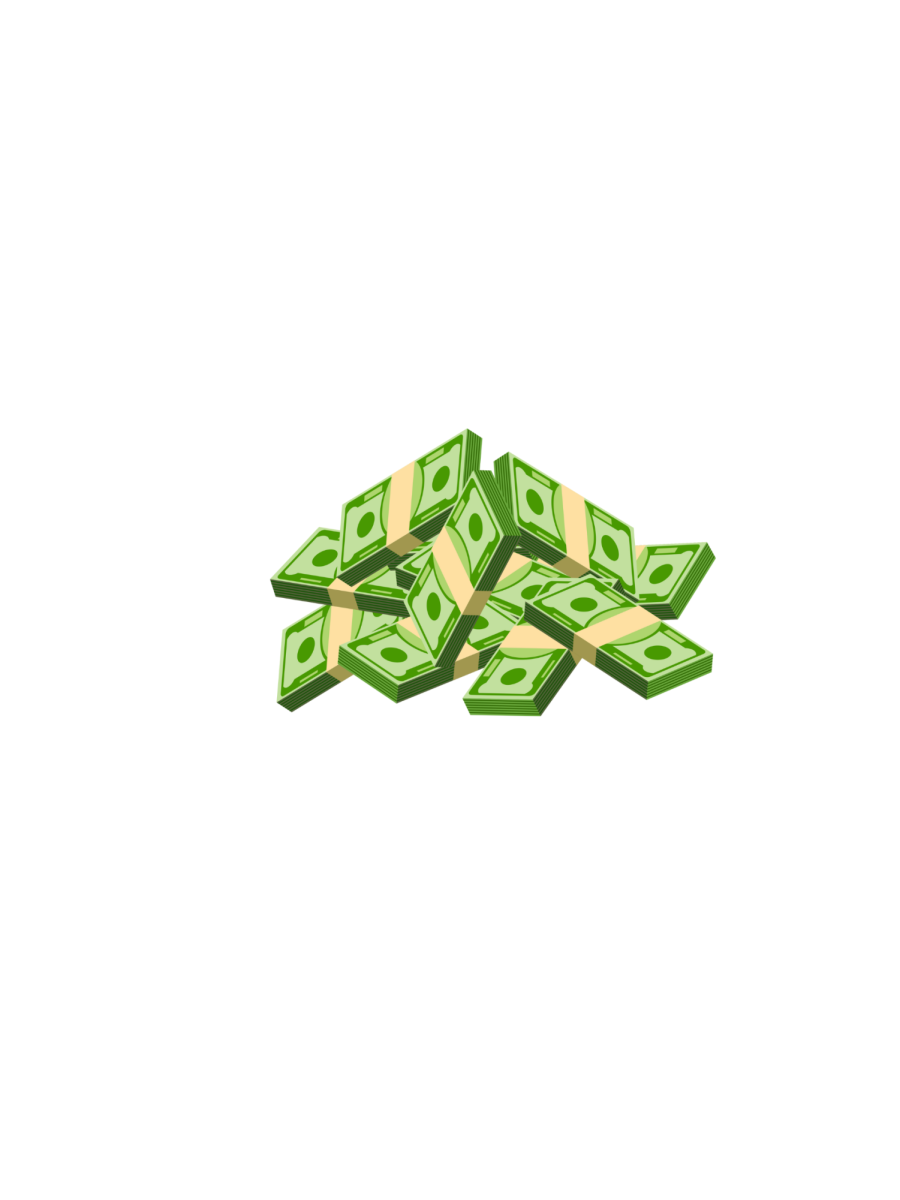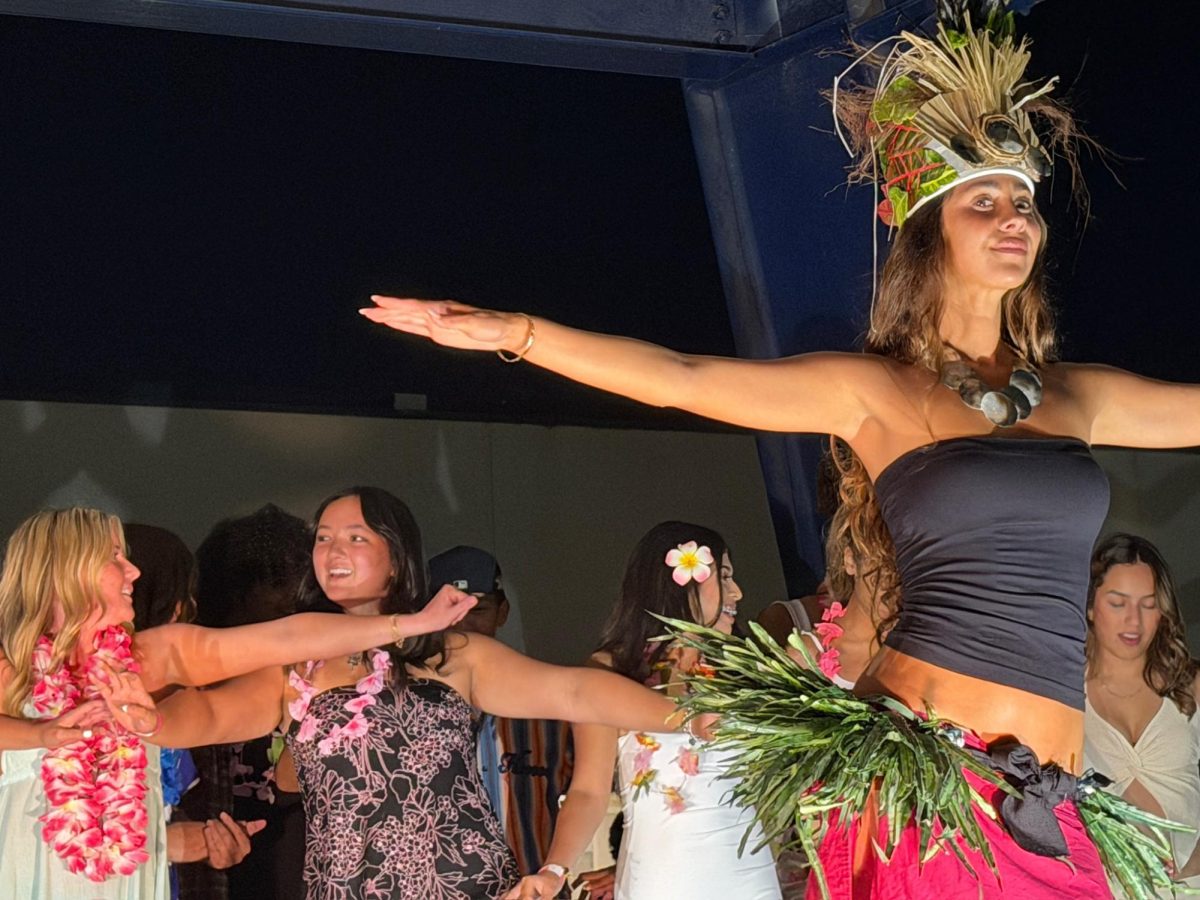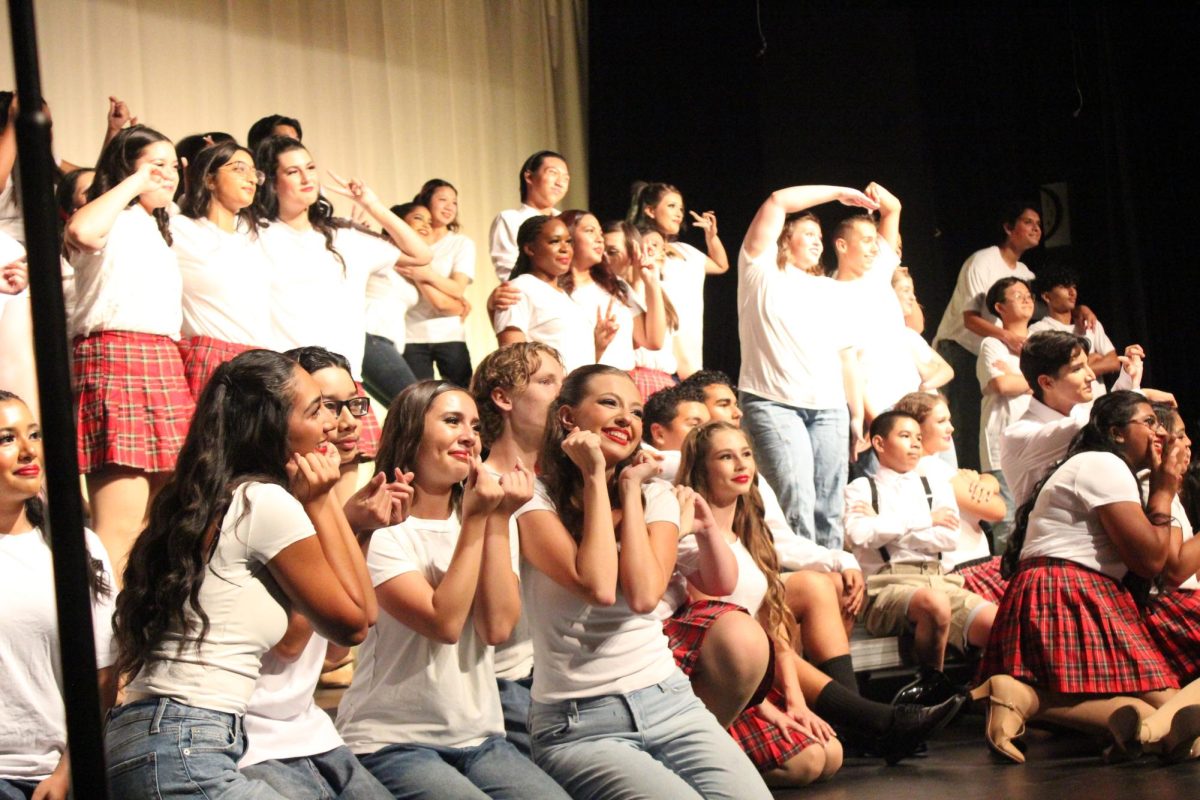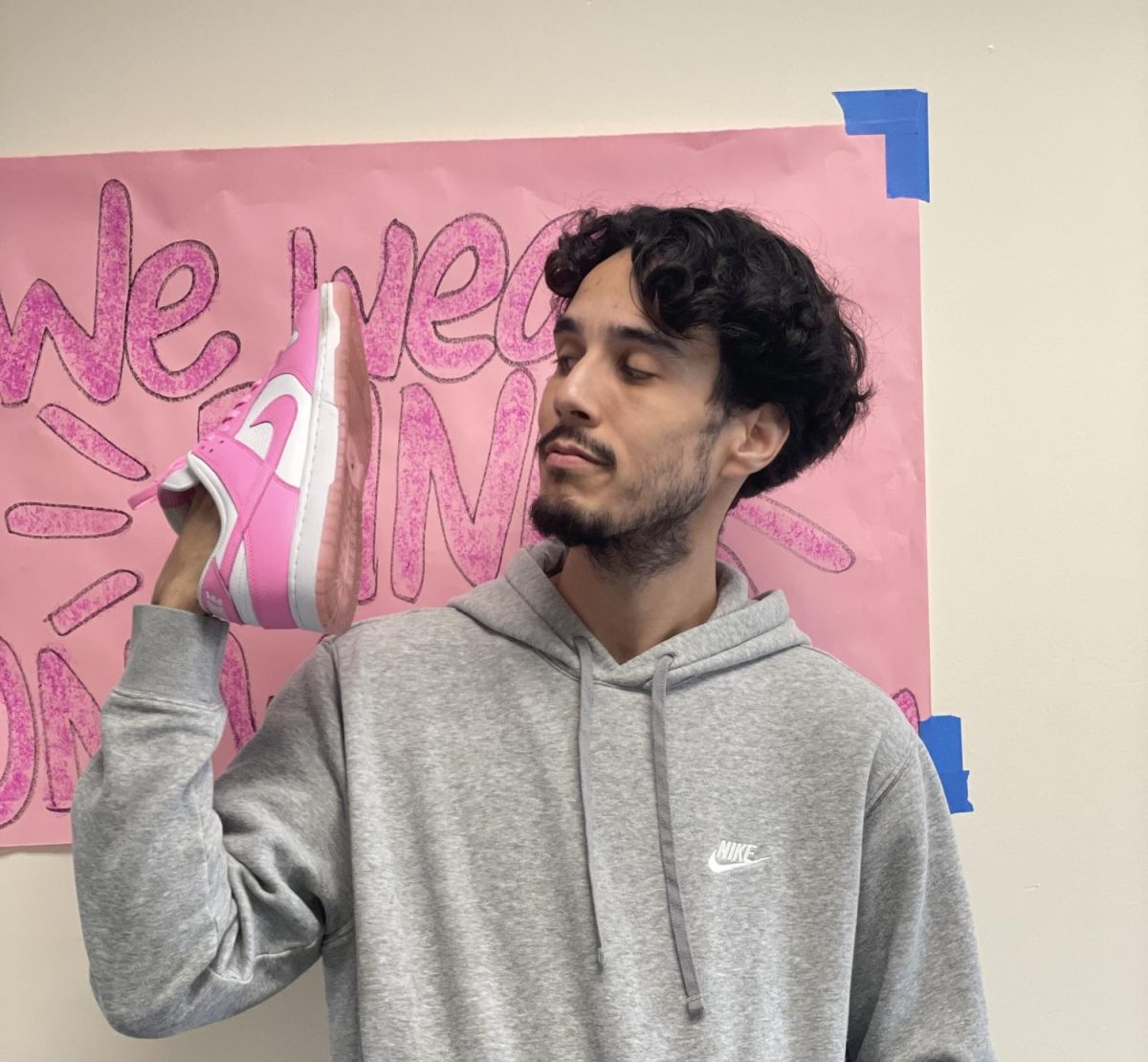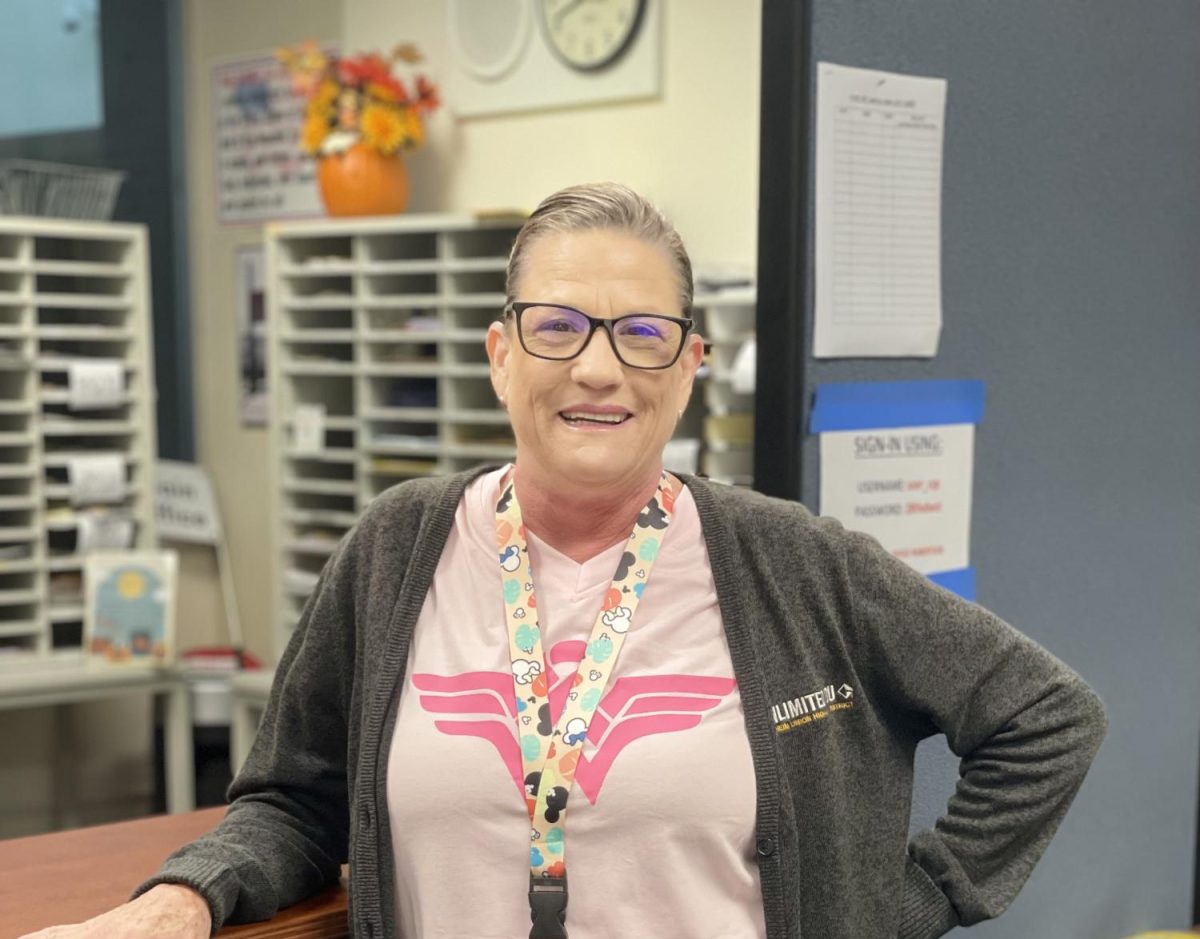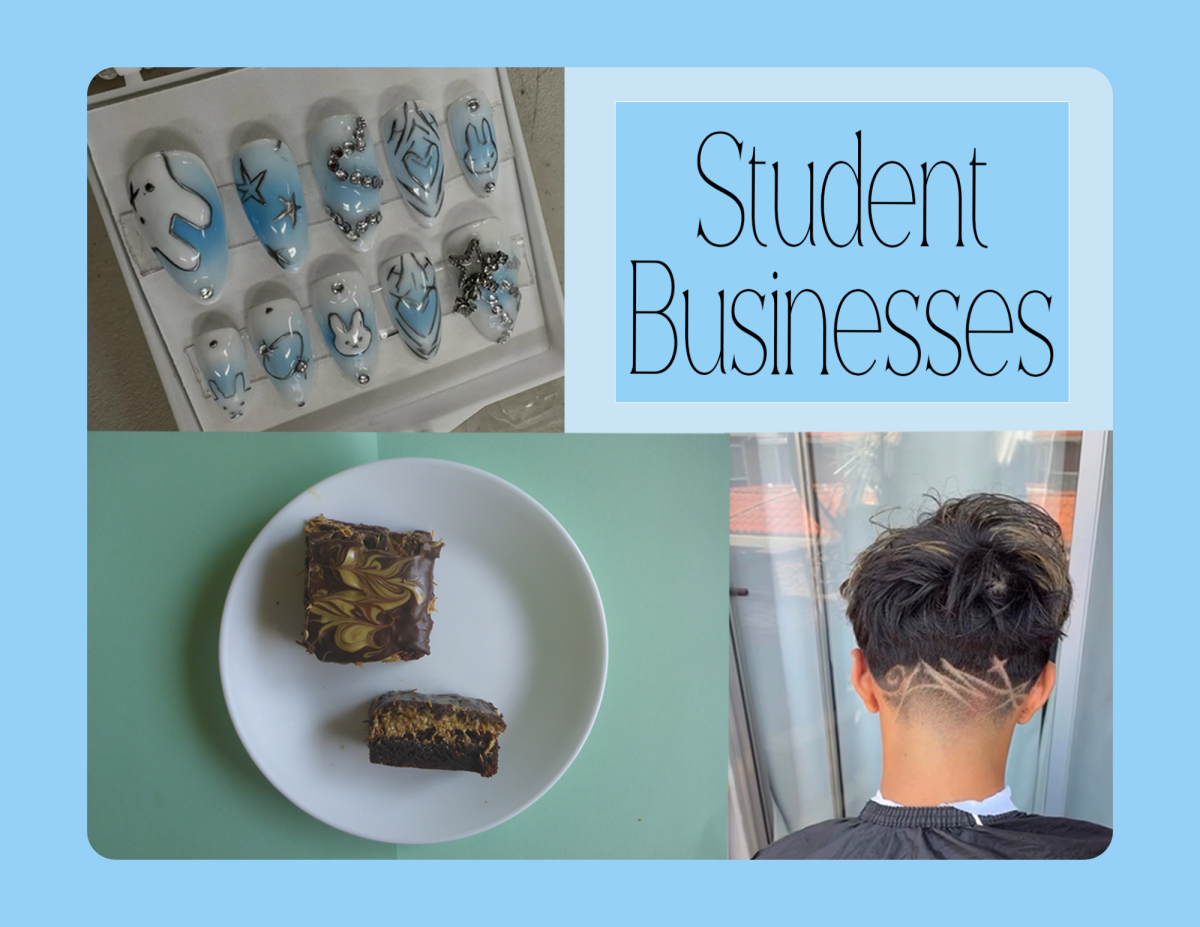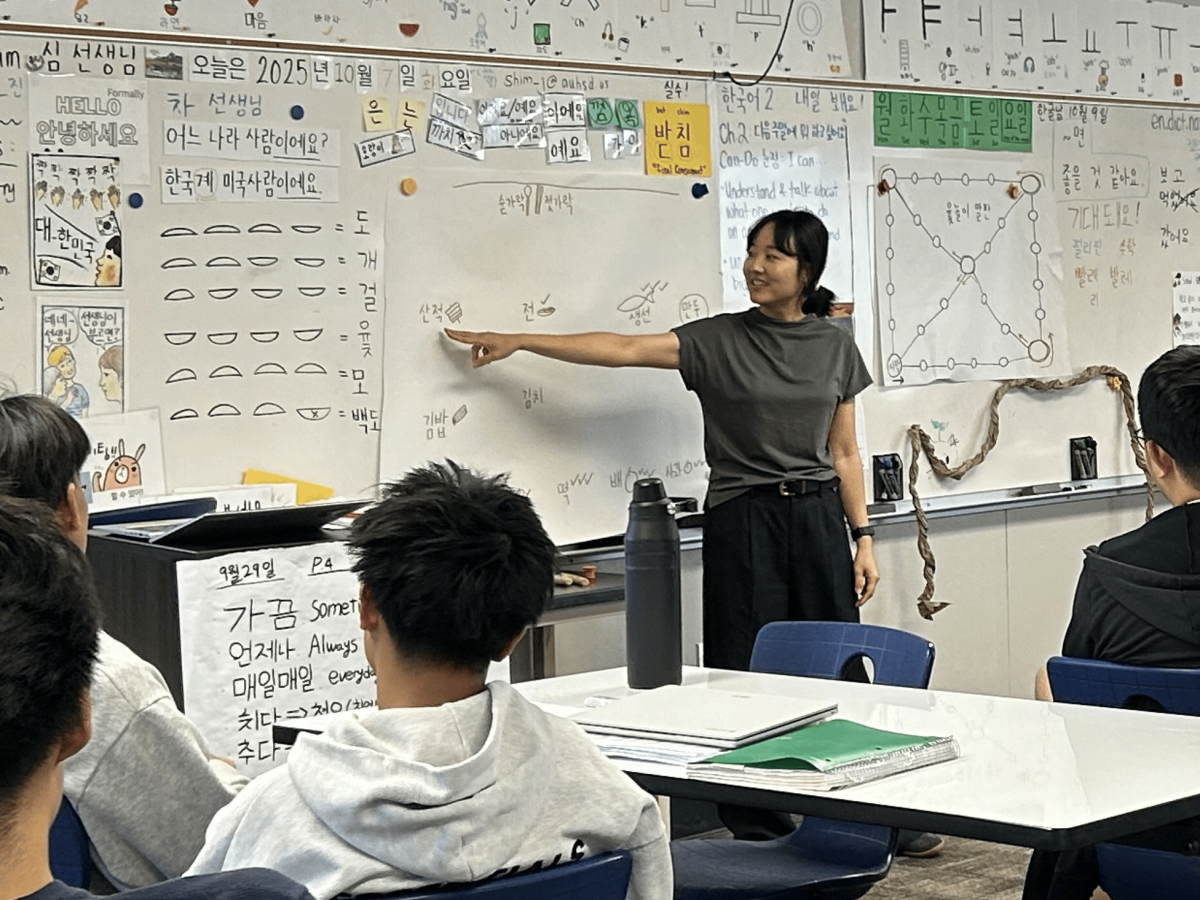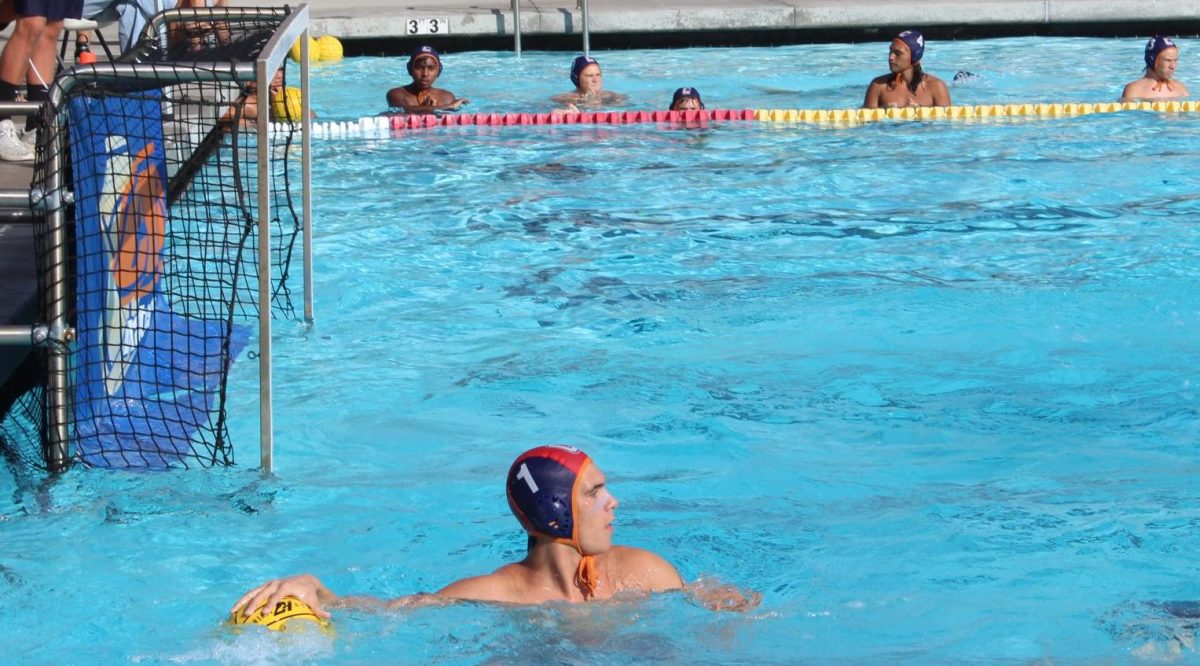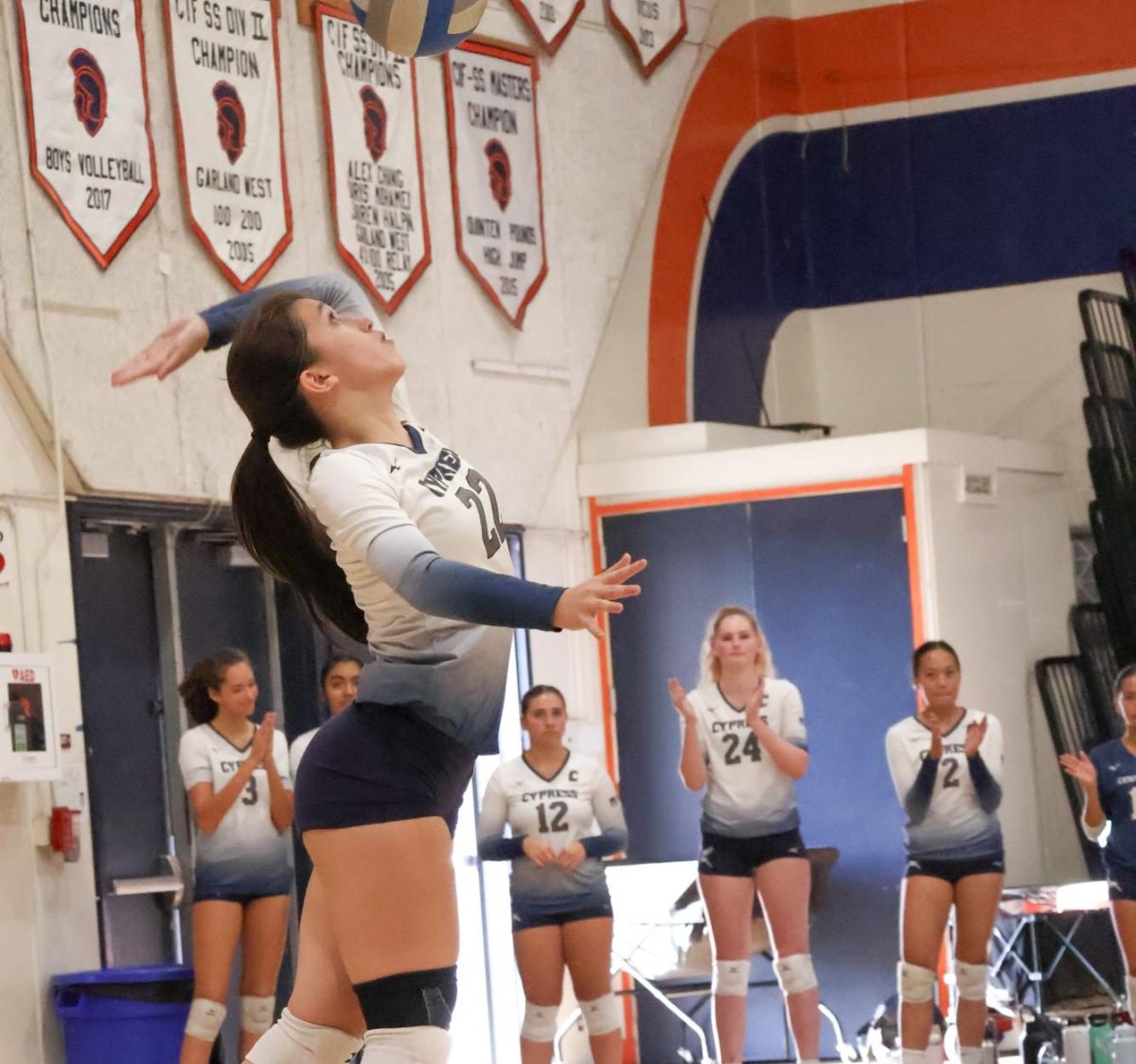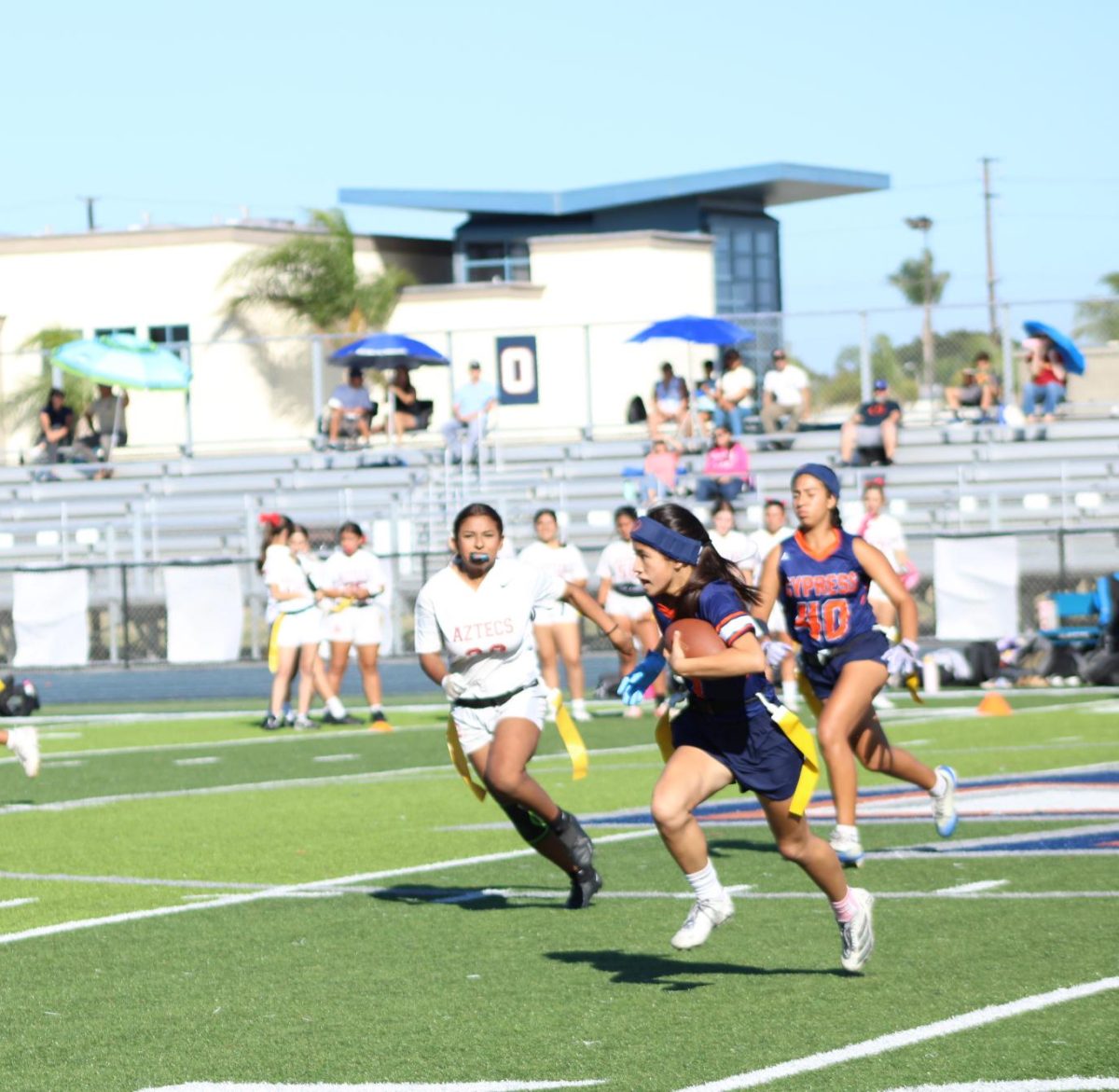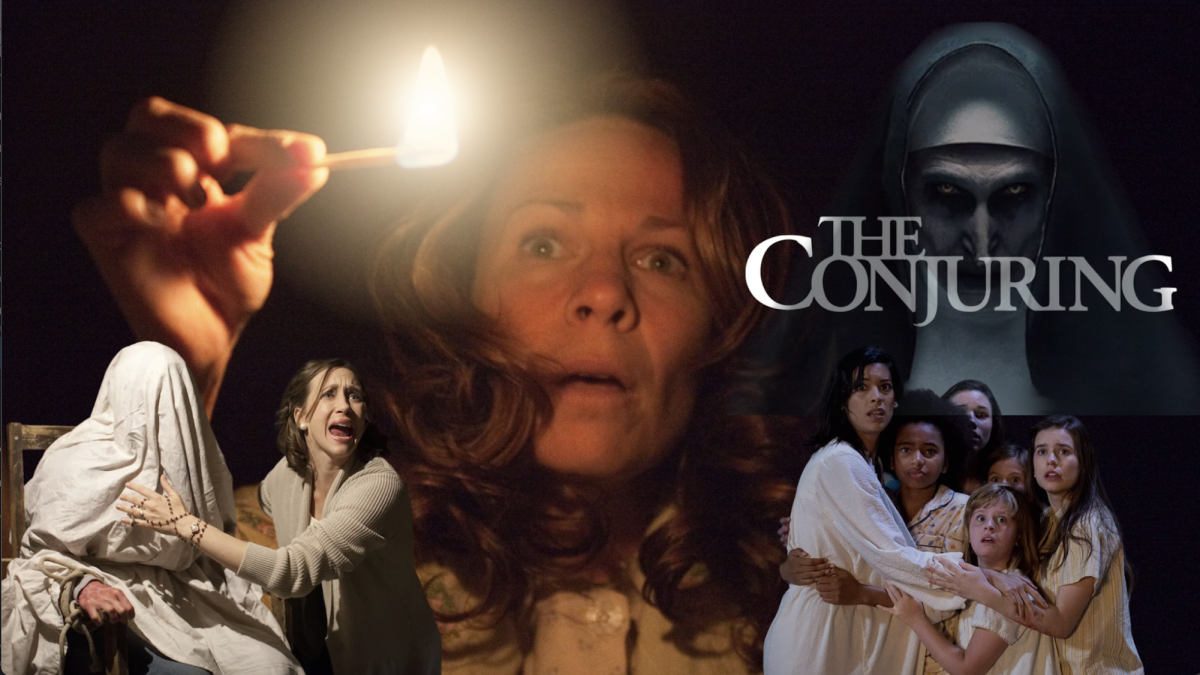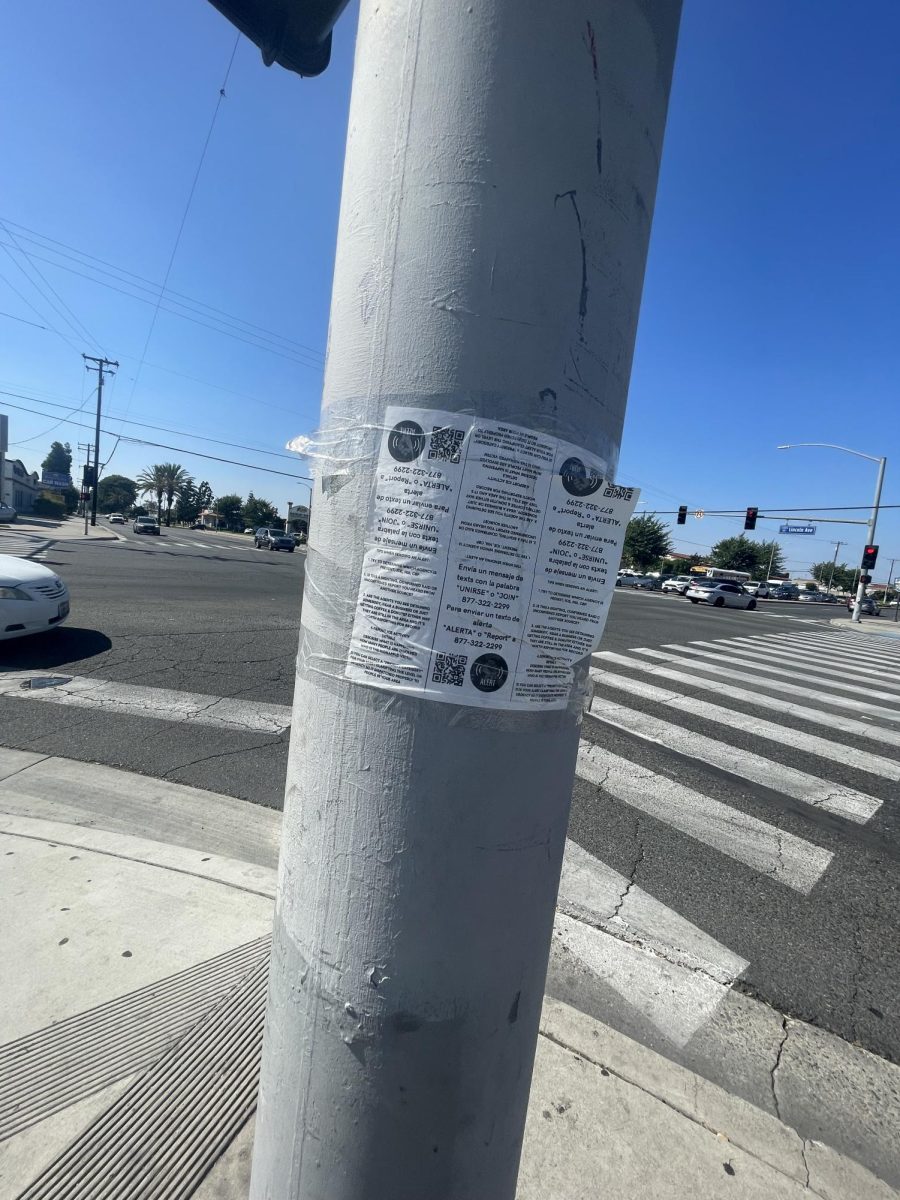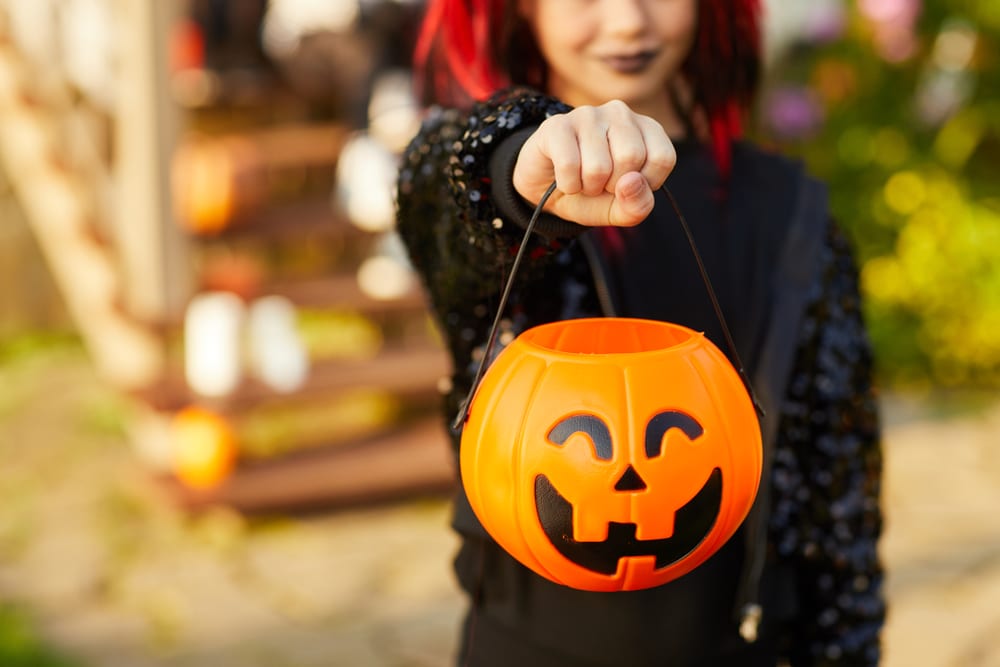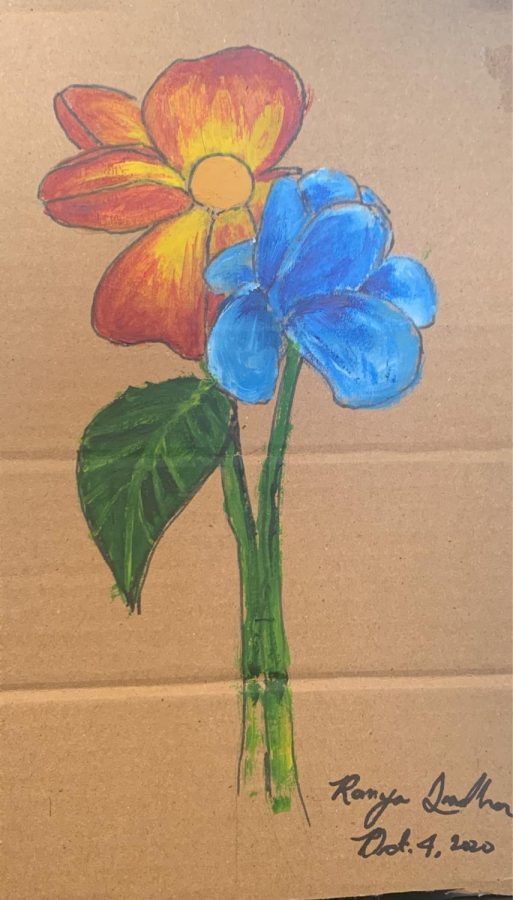My COVID Experience
I painted this on a piece of cardboard. Painting really helped keep me sane amidst the stress and anxiety of the week. photo by Ramya Sridhar
October 26, 2020
The coronavirus has been dominating the news in these last few months. For a great deal of the population, this has meant much grief and devastation. For another portion, there’s been a detached sense of surveillance, in which people believe that they are somehow untouchable and irresponsibly violate social distancing protocols. I was a part of a middle, more cautious population that abided quarantine rules and stayed safely indoors. However, despite all of the precautions my family and I took–six feet distancing, wearing masks at all times, leaving the house only for groceries and other necessities–I thought I had contracted COVID-19.
It started on Thursday, September 24, when I woke up with a pain in my chest. I was living with my sister and brother-in-law at the time, both of whom are in their late twenties/early thirties. My family and I assumed it was my anxiety acting up, as could be expected from a student who was taking four APs and also happened to be Editor-in-Chief for the school newspaper. It was a persistent, aching feeling as if someone were applying painful pressure to my sternum. I had a lot of difficulty breathing. Every time I tried to take a deep breath, I would start coughing violently, and the coughing worsened the nausea I was already feeling. It never occurred to us that it could be the coronavirus, because we had all abided by the social distancing protocols very closely, and we had assumed that because we weren’t in a high-risk demographic, we would be asymptomatic. Clearly, this wasn’t the case.
At around 4 p.m., the chills started. My brother-in-law and I started shivering and sweating, our teeth chattering. Our body temperatures were steadily increasing. I took a lot of flu and cough medicine and went to bed at 6 p.m. I tossed and turned for the next five hours, as the body pain worsened and the headache and nausea peaked. When I woke up at 11p.m. to get water, I found that my brother-in-law was similarly unable to sleep due to the physical discomfort. Finally, somehow, someway, an hour later, we managed to fall into a restless sleep.
The next few days were rather awful. I took Friday off from school, went to get tested, and tried to catch up on all the homework that I’d been unable to complete the day before. My sister and brother-in-law were both already feeling infinitely better, but I wasn’t quite there. I still had shortness of breath, body pain, and a persistent cough. This condition plateaued over the next few days, refusing to get better or worse. If I worked too long, a splintering headache would start at the forefront of my head. It was a struggle balancing my own physical health with all of the stresses of school. Being unable to work to my maximum capacity every day meant that I was falling behind rapidly. My grades in all my classes dropped several percentage points, even though my teachers were quite understanding and tried to work with me to get through this difficult time. The worst part, however, was the stress. I was already having issues with breathing and coughing, and my anxiety worsened this symptom. My school-related fears made the pain in my chest a lot worse, and I remember admitting to my sister that it was the worst feeling I had ever felt. So, during these difficult times, I turned to painting as a way to relax and free myself from my own panic.
It wouldn’t be an exaggeration to say that painting in a way saved me. Every day, I dedicated one hour to painting something–it was a grateful release, and it helped me work through my anxiety. No matter how much work I had that day, I kept that one hour for myself as a way to maintain my mental sanity. I’m not much of a painter, but it didn’t matter.
The reason I wanted to share my story is to warn people, especially students my age–this is a very stressful time in the life of a high schooler. There’s pressure about grades and college and such for a great deal of us. It can be so tempting to break social distancing protocols, to break quarantine–but don’t. Stay safe, stay inside. If you or your family members have ever been impacted by this virus, reach out on social media and tell your story. Your personal testimonials may prevent people from making foolish decisions and putting themselves and others at risk.





